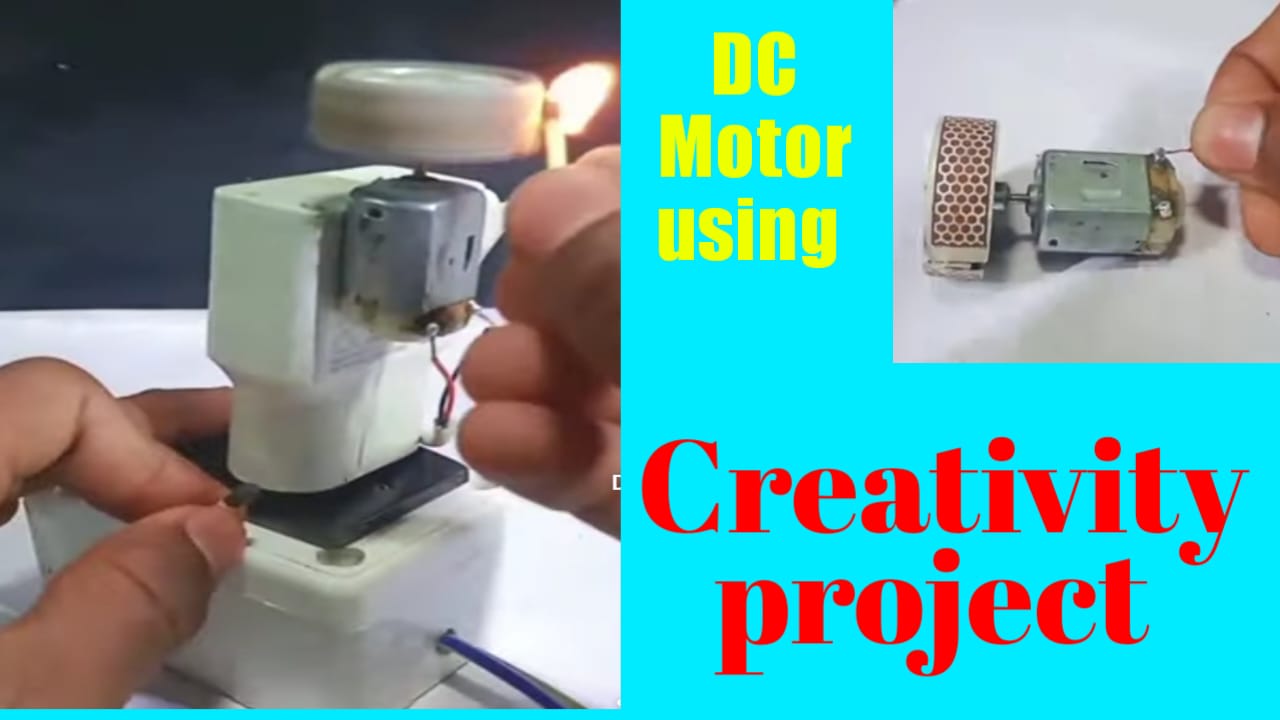Introduction
School projects offer a fantastic opportunity for students to showcase their creativity and apply theoretical knowledge in a practical setting. One exciting way to elevate your project is by incorporating a DC motor. In this article, we will explore the step-by-step process of creating an outstanding school project using a DC motor, from understanding the basics to adding innovative features.

Understanding DC Motors
DC motors, or direct current motors, are essential components that convert electrical energy into mechanical motion. Understanding how these motors work lays the foundation for a successful school project. There are various types of DC motors, each with unique features suitable for different applications.
Choosing the Right DC Motor for Your Project
Selecting the appropriate DC motor for your project is crucial. Consider factors such as voltage, current, and torque to ensure compatibility with your project requirements. Matching the motor specifications with the load and design of your project guarantees optimal performance.
Essential Tools and Materials
Before diving into the project, gather essential tools and materials. A well-equipped workspace contributes to a smooth project experience. Ensure you have items such as soldering irons, wires, batteries, and of course, the chosen DC motor.
Safety Precautions
Safety should always be a top priority. When working with DC motors, use protective gear such as safety glasses and gloves. Take precautions to prevent accidents, and follow safety guidelines for handling electrical components.
Basic Circuit Design
Begin your project by creating a basic circuit that includes the DC motor. Understand the wiring and connections, ensuring a stable and functional circuit. This foundation is essential for building more complex features into your project.
Adding Movement to Your Project
The magic happens when you integrate the DC motor to provide movement to your project. Whether it’s a rotating model or a moving part, the motor adds an engaging and dynamic element to your presentation.
Enhancing Your Project with Speed Control
For added versatility, consider incorporating speed control mechanisms for your DC motor. This allows you to adjust the speed of the motor, adding another layer of complexity to your project.
Incorporating Sensors
Take your project to the next level by incorporating sensors. Whether it’s a proximity sensor or a light sensor, these additions make your project interactive and responsive.
Troubleshooting Common Issues
It’s not uncommon to encounter challenges during your project. Identify common issues, such as connection problems or motor malfunctions, and learn how to troubleshoot effectively. This knowledge will be valuable in overcoming obstacles.
Showcasing Your Project
Presentation matters. Explore creative ways to showcase your project, whether through a visually appealing display or a multimedia presentation. Clear documentation ensures that others can understand and appreciate your efforts.
Inspiration from Real-Life Applications
Draw inspiration from real-world applications that utilize DC motors. From robotics to automation, these examples can spark innovative ideas for your school project.
Benefits of Using DC Motors in School Projects
Beyond the immediate project, using DC motors in school projects offers educational benefits. Students gain hands-on experience, develop problem-solving skills, and deepen their understanding of electrical engineering concepts.
Success Stories
Read about successful school projects that have utilized DC motors. These stories highlight the potential for innovation and creativity, inspiring you to push the boundaries of your own project.
Conclusion
In conclusion, making an amazing school project using a DC motor is both challenging and rewarding. By understanding the fundamentals, choosing the right components, and adding innovative features, you can create a project that stands out. Embrace the learning process, and don’t be afraid to experiment and explore new ideas.
- How To Make DIY Mini bus Project From Cardboard at home. - May 8, 2024
- How To Make Humidifier Spray Module / Mist Maker Project . - April 27, 2024
- How To Make a New Model Subwoofer Box Project by Cardboard - April 15, 2024
